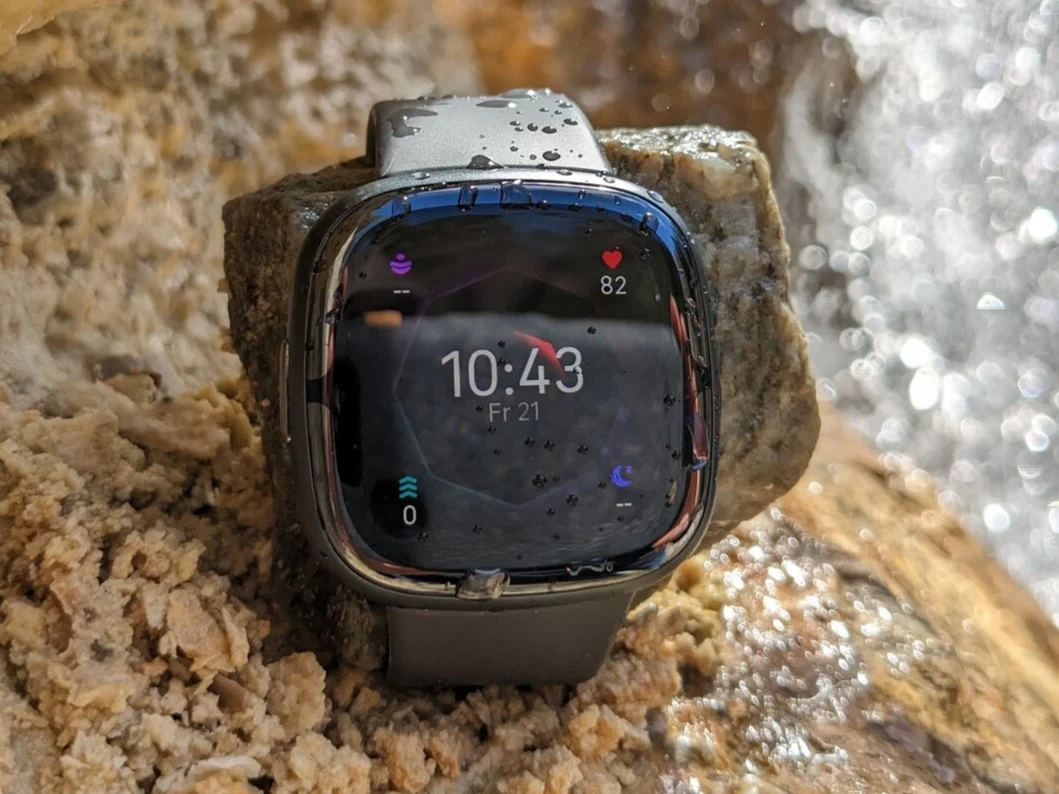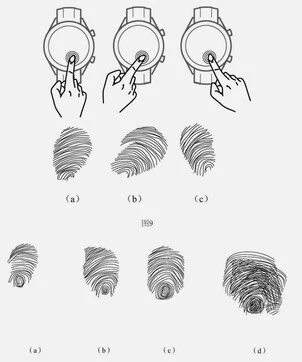Key Takeaways
1. Fitbit is now owned by Google (Alphabet) but continues to develop new sensor technology for its wearables.
2. The recent patent outlines a combination of optical measurement and traditional pressure measurement for enhanced blood pressure readings.
3. The new wearable may apply pressure to the skin to improve measurement accuracy.
4. Competing smartwatches, like the Samsung Galaxy Watch and Huawei Watch D, already use different methods for blood pressure monitoring.
5. Fitbit is focusing on enhancing its products with new features and technologies despite the competitive market.
Fitbit is now a part of Google, or more precisely, Alphabet. Despite this change in ownership, the company is still developing a fresh sensor for its wearable devices, as shown in a recent patent filing. However, just because a new technology has been officially patented doesn’t guarantee that it will end up in a smartwatch or any product that you can buy. It’s also expected that Fitbit is looking into new features to enhance its main products.
New Sensor Technology
The patent in question doesn’t just cover a single sensor; it outlines a mix of different measurement techniques. This combination is intended to enhance the accuracy and dependability of the readings. Fitbit intends to merge two existing methods for measuring blood pressure in wearables and smartwatches: optical measurement and traditional pressure measurement that listens to the heartbeat sounds. The patent even details how the wearable might exert pressure on the skin itself.
Current Market Comparisons
Both techniques for measuring blood pressure are already present in the smartwatch industry. For instance, certain Samsung Galaxy Watches (starting at $229 on Amazon) can optically gauge blood pressure, but this requires it to be calibrated with a specific blood pressure monitor. In contrast, the Huawei Watch D uses an inflatable cuff that is quite similar to a typical wrist blood pressure monitor. This device listens for the Korotkoff sounds in relation to the external pressure applied to blood vessels, which allows it to determine the familiar systolic and diastolic values.
In conclusion, Fitbit is actively pursuing advancements in its wearable technology, as evidenced by its latest patent, while the competition continues to offer various methods for blood pressure monitoring.
Source:
Link




